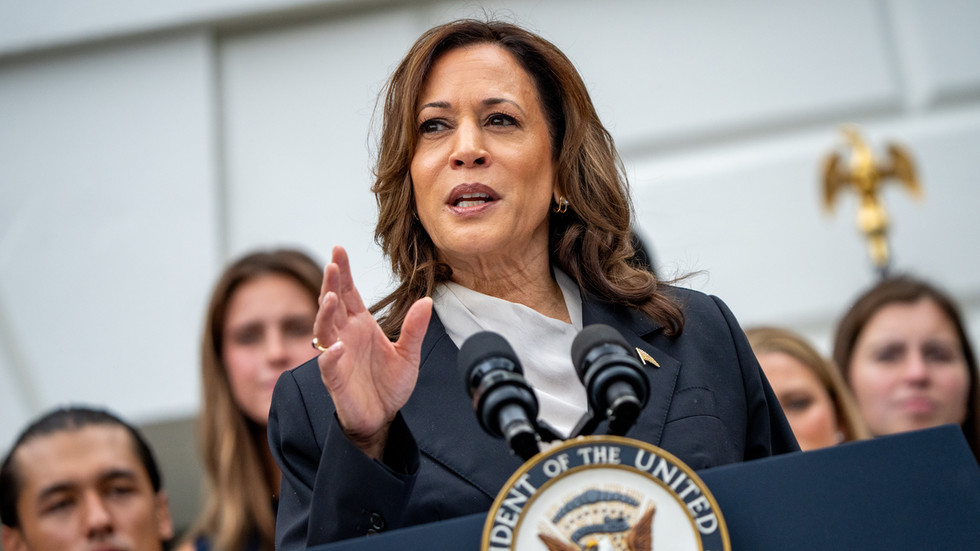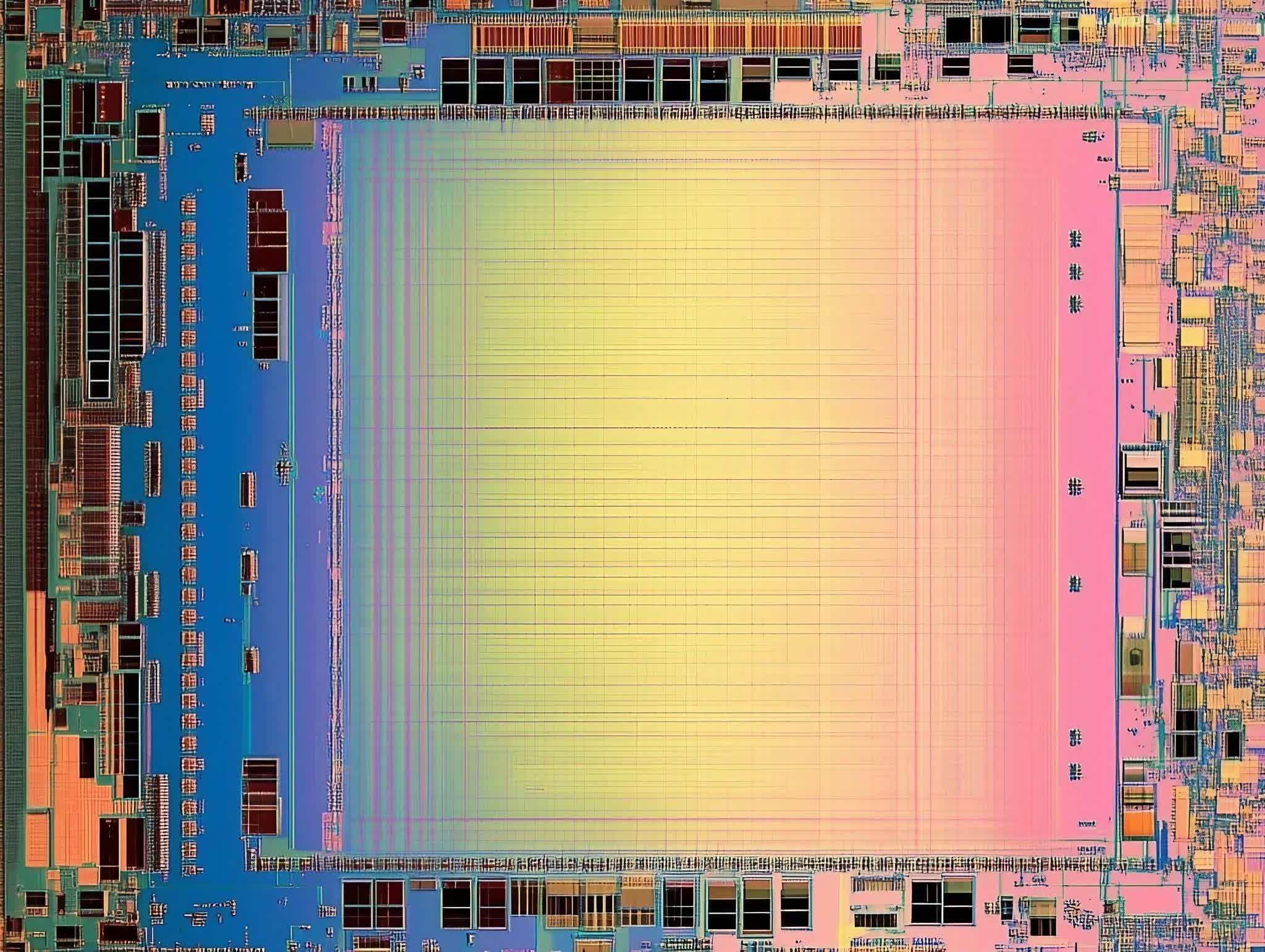Art
#Indigenous culture
#quilts
#textiles
#Wally Dion
August 2, 2024
Grace Ebert
All images © Wally Dion, shared with permission
For many rural and economically strapped communities throughout history, quilting was a necessity. Tattered clothing and blankets were cut up and refashioned into new blankets, their patchwork styles evidence of the fabrics’ earlier uses. For Indigenous people, though, quilts “hold a particularly important cultural value,” says artist Wally Dion, “appearing as gifts, ceremonial objects, and celebratory markers.”
In his ongoing Grass Quilts series, Dion stitches translucent textiles into large-scale pieces. He found the initial thread for the body of work in 2008 with an eight-point star made from circuit boards, and he then swapped the upcycled electronics for fabrics during a residency at Wanuskewin Park. The idea was to re-envision the prairie ecosystem and the bison reintroduced to the Great Plains through quilts, which would reveal an eight-point star when displayed together. He explains:
I wanted to make several transparent quilts and superimpose them, one in front of another: a quilt for the microbiome, another for the bison, their manure and hooves, another for the summer fires that scorch the ground, and a final quilt for the sweetgrass braid. I was considering how all of these things worked together for thousands of years to create what is known as the “prairie ecosystem,” a vast and fertile expanse of land stretching from the foothills of Alberta to the banks of the Mississippi. I wanted to highlight the invisibility of systems when everything is working well, as it should be.
But rather than stitch several quilts, Dion created a singular piece with a lush palette of green textiles to evoke a sweetgrass braid used in ceremonies and relational customs. “I considered the nature and tradition of quilting; impoverished craftspeople using tiny scraps of fabric,” he adds. “I thought of a thousand tiny prayers and how that might look; invisible acts of respect and adherence spanning decades.” The result was a nearly 10-foot work of verdant geometries encircled with pale, translucent patches that when filtered with sunlight, glimmer and shine.
Grass Quilts continued, with the artist sewing additional pieces using bright pinks, yellows, and purples augmented by more neutral tones. Presented like a flag against the sky, the textiles catch and interact with the light, while the wind twists and folds the panels to reveal darker, more saturated colors. “Air, moisture, and aroma pass through them; and like nets, they gather tiny fragments of their host sites before relocating to other locations across Turtle Island,” Dion adds.
The quilts honor Indigenous ethics and traditions, while reflecting on their values today. For Indigenous Peoples, this practice of quilting was consistent with the value systems of provisional efficiency and rural thriftiness,” he says. “By itself, a quilt is a patchwork of tiny scraps combined to make a greater object, a testament to craft and labor.”
For more from Dion, head to Instagram, where he generously shares the view from inside his Binghamton, New York, studio and glimpses of his process.





#Indigenous culture
#quilts
#textiles
#Wally Dion
Do stories and artists like this matter to you? Become a Colossal Member today and support independent arts publishing for as little as $5 per month. You’ll connect with a community of like-minded readers who are passionate about contemporary art, read articles and newsletters ad-free, sustain our interview series, get discounts and early access to our limited-edition print releases, and much more. Join now!





















Discussion about this post